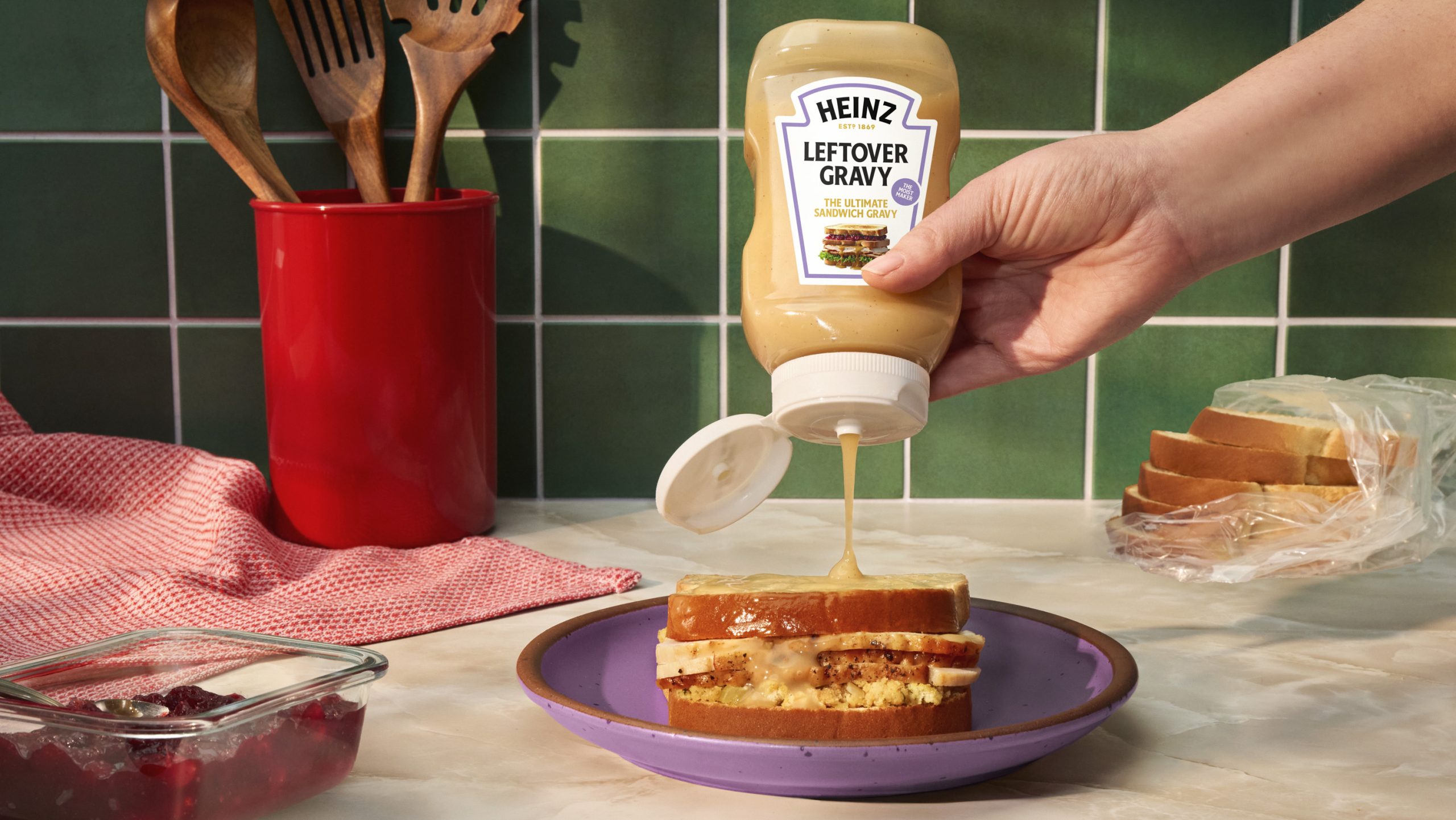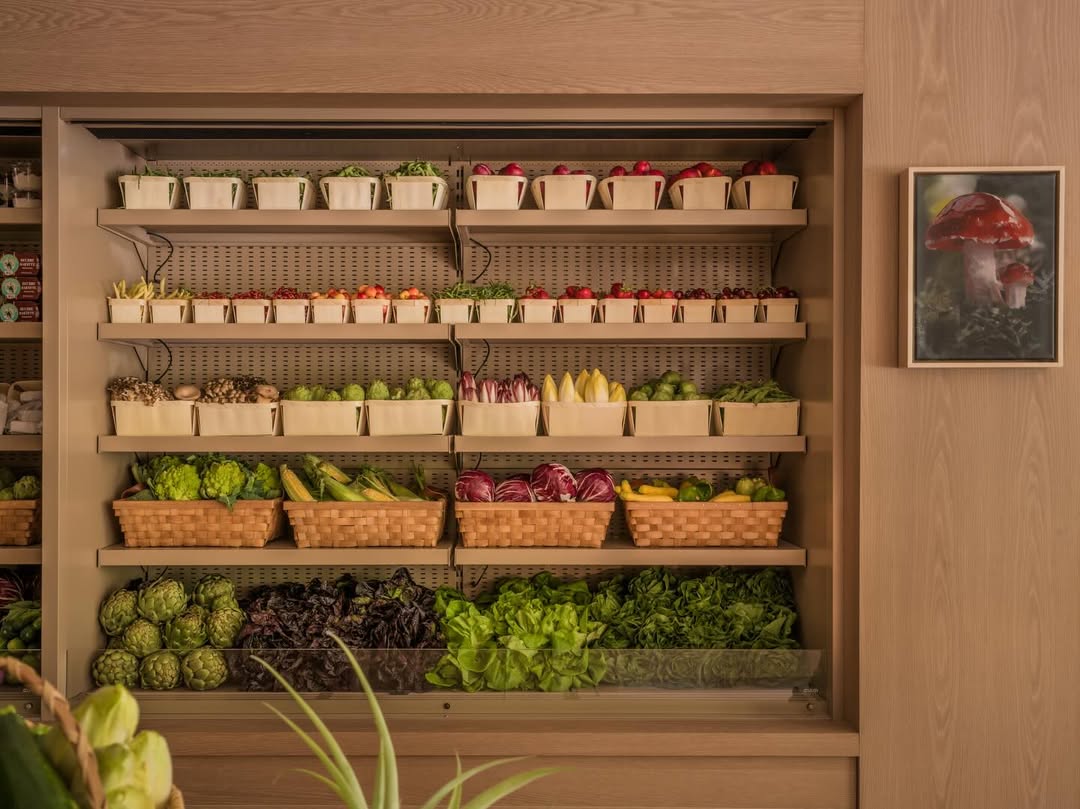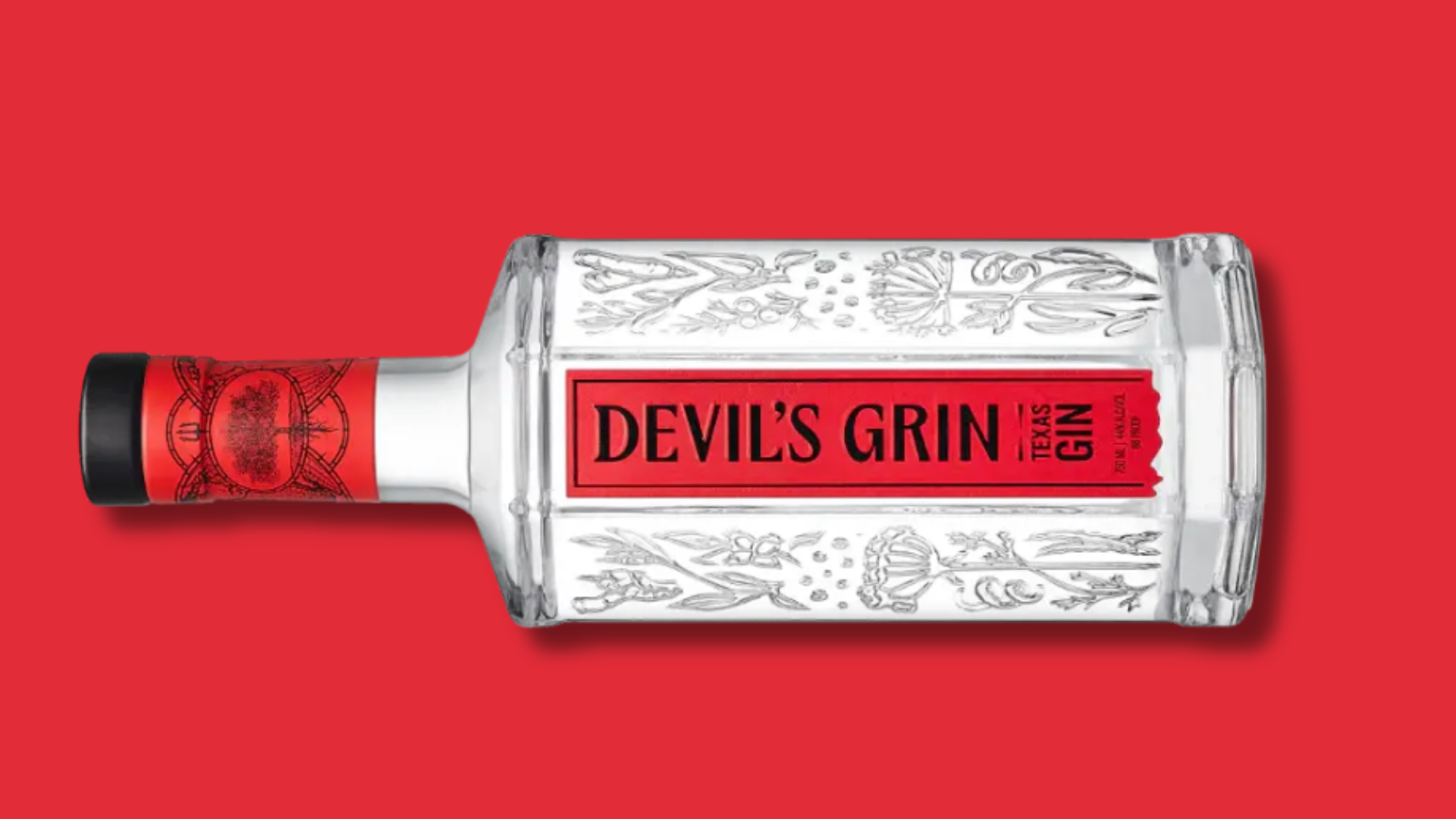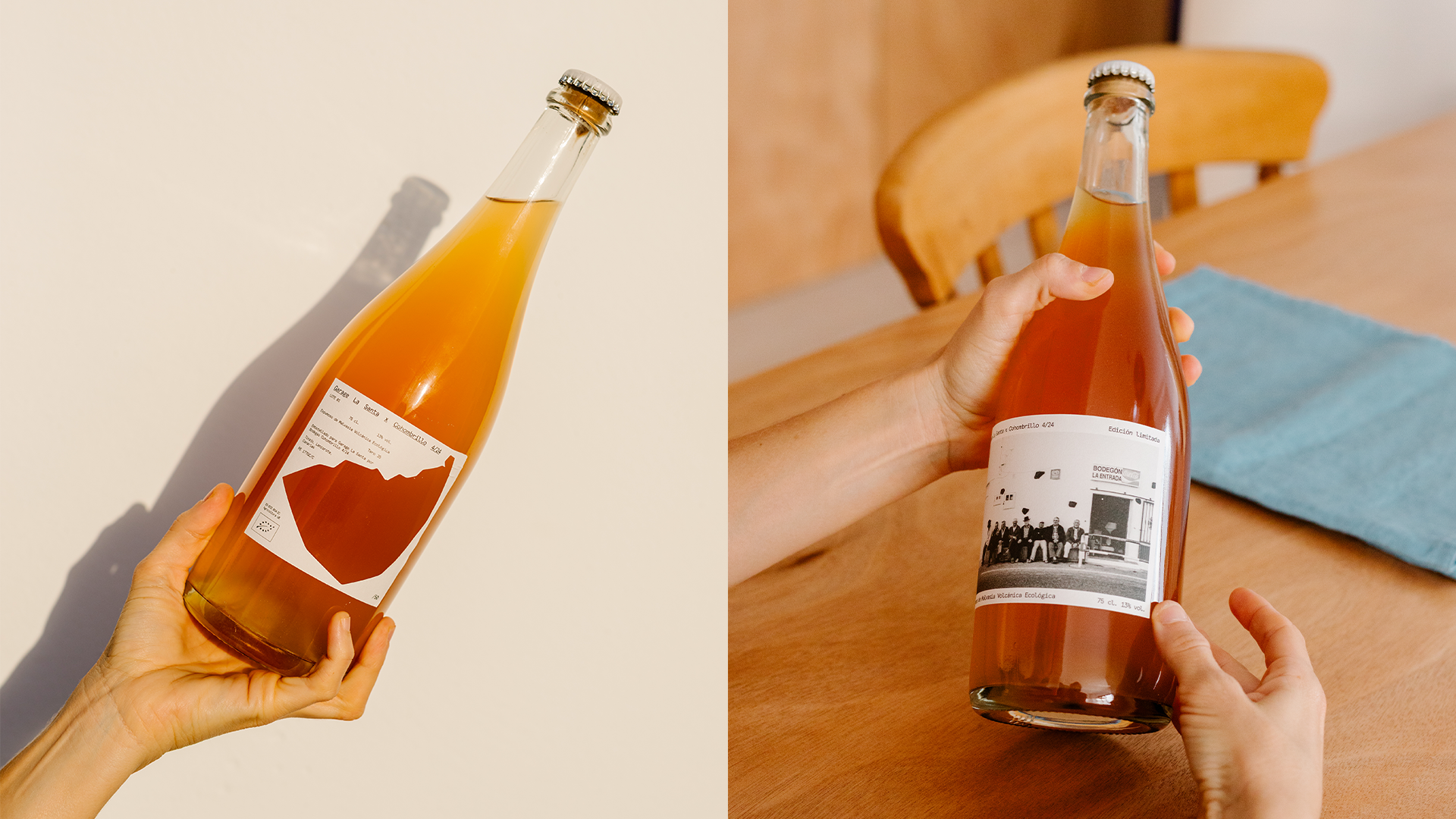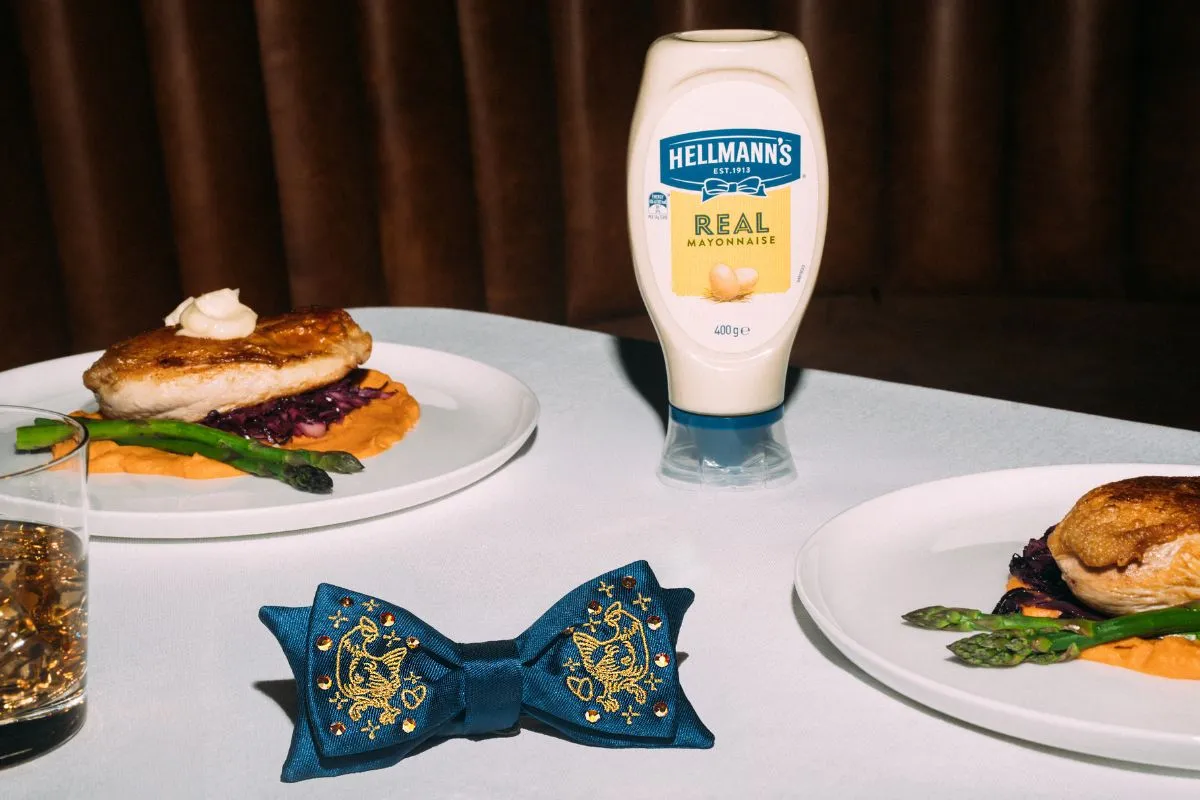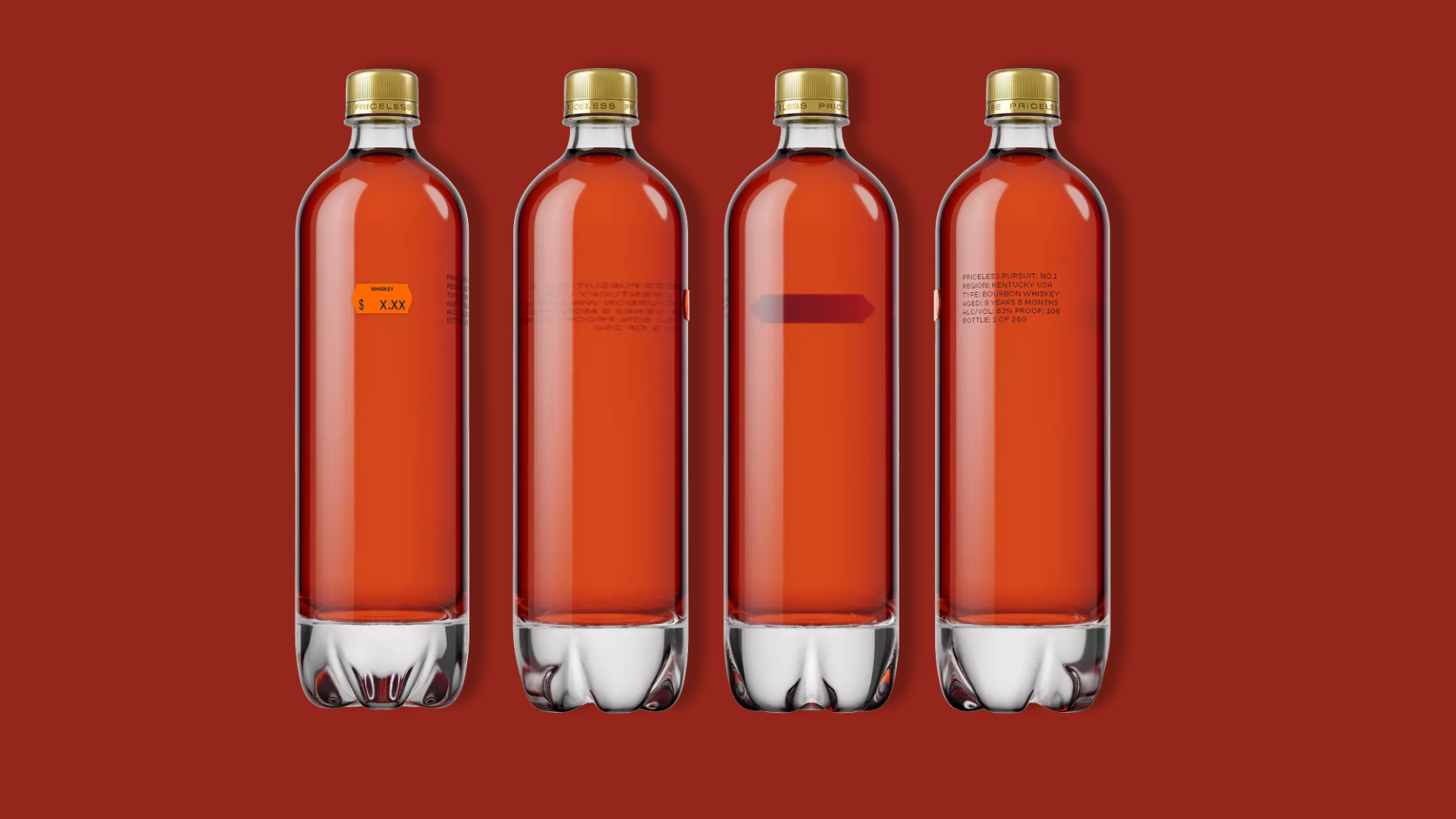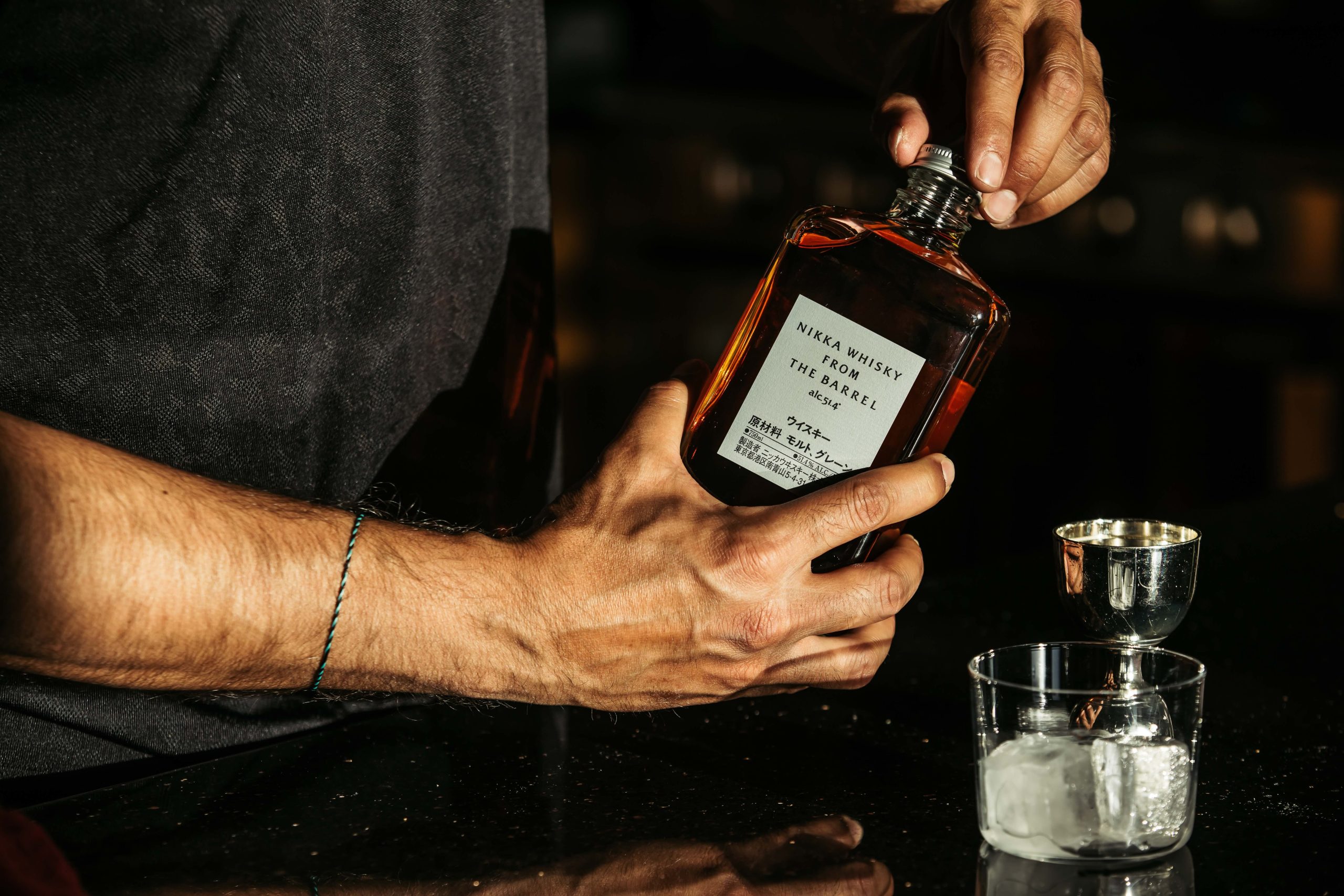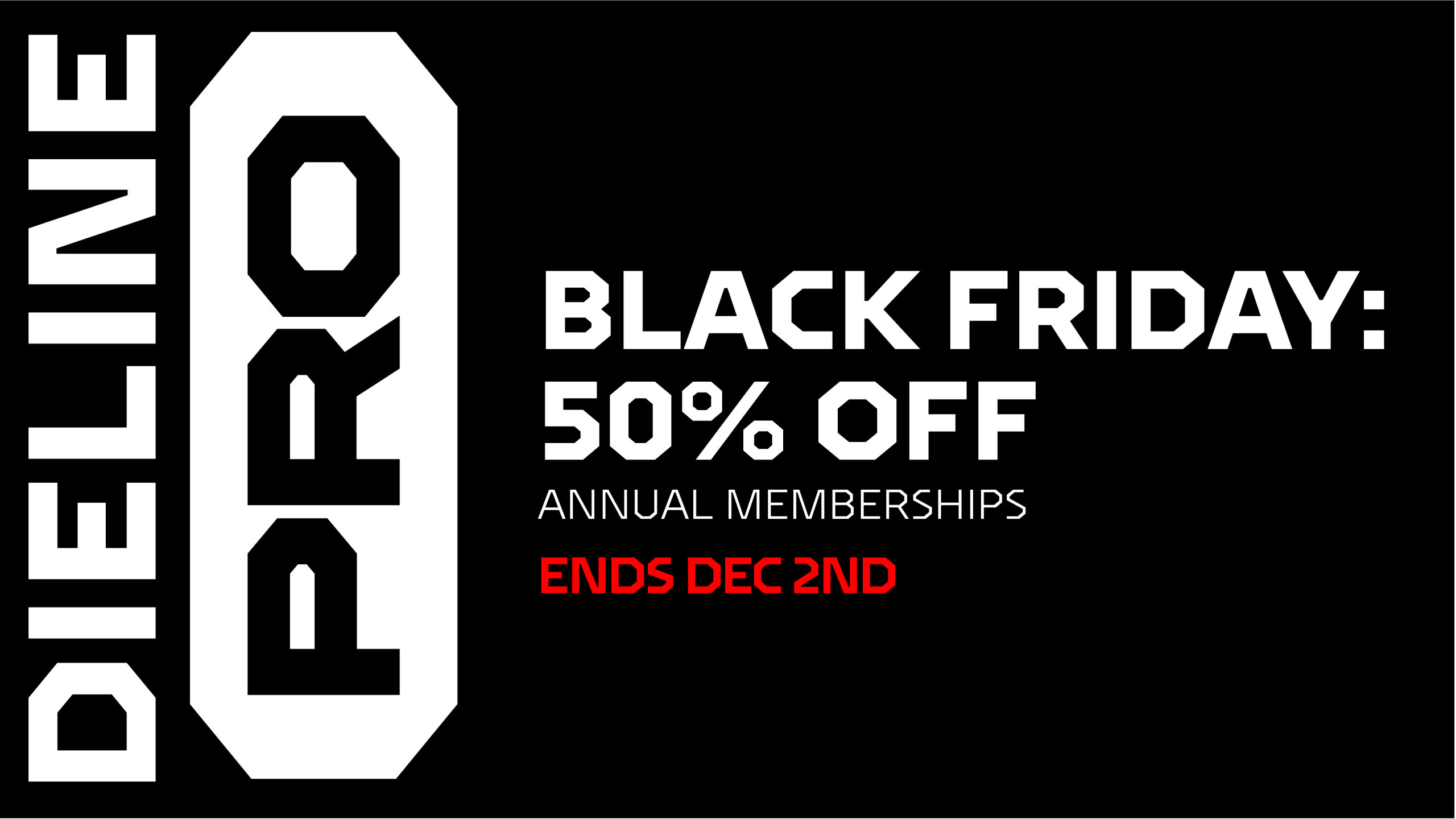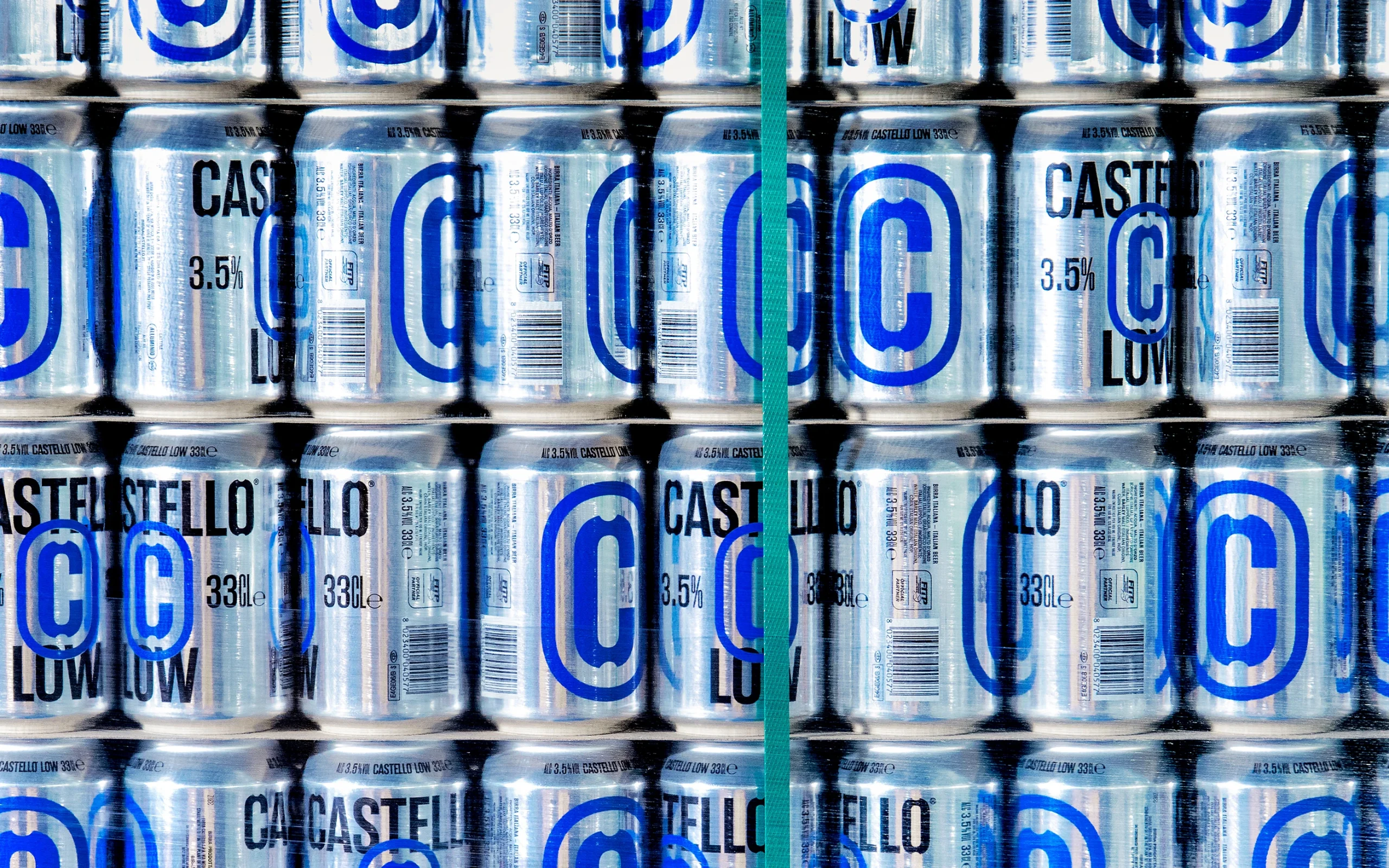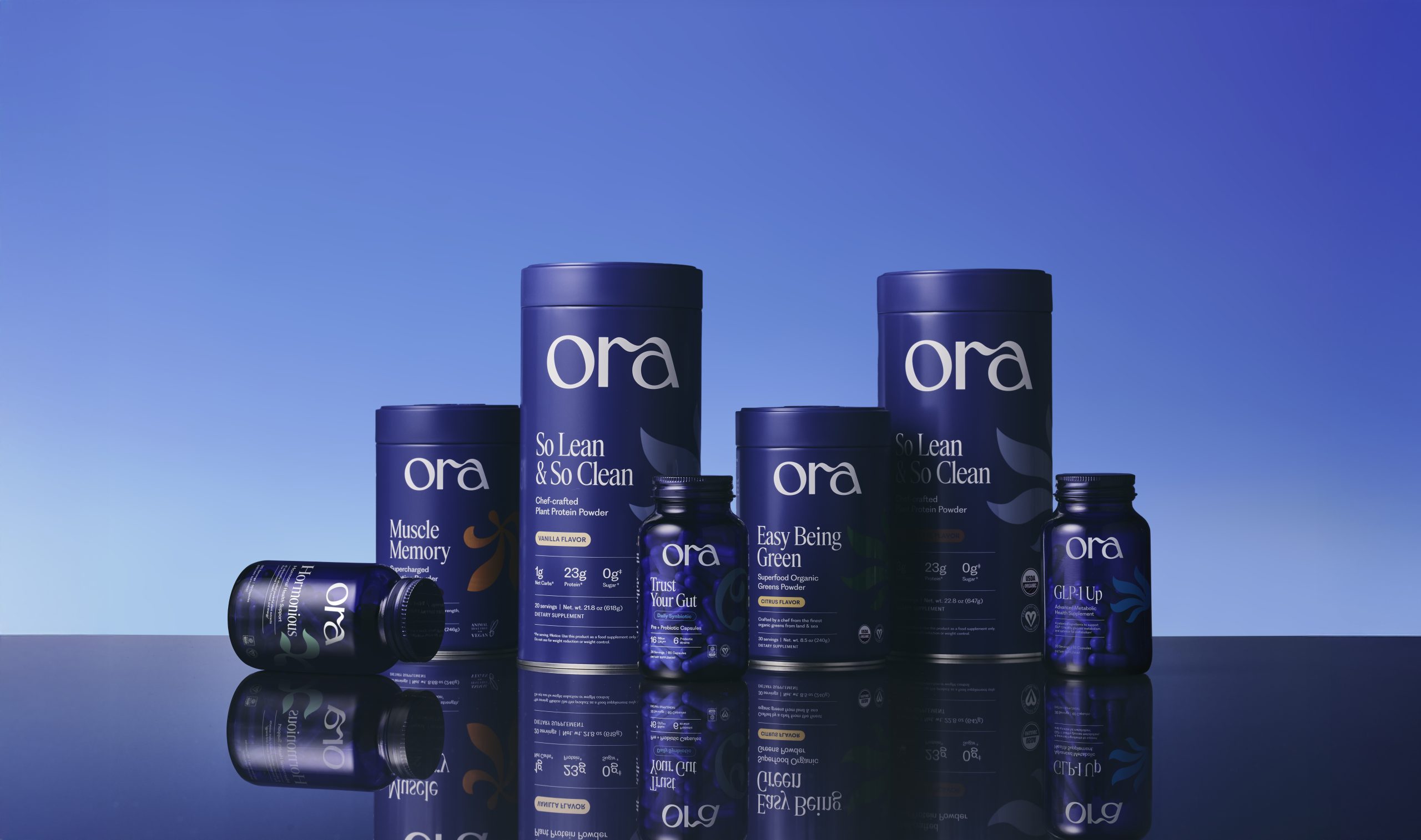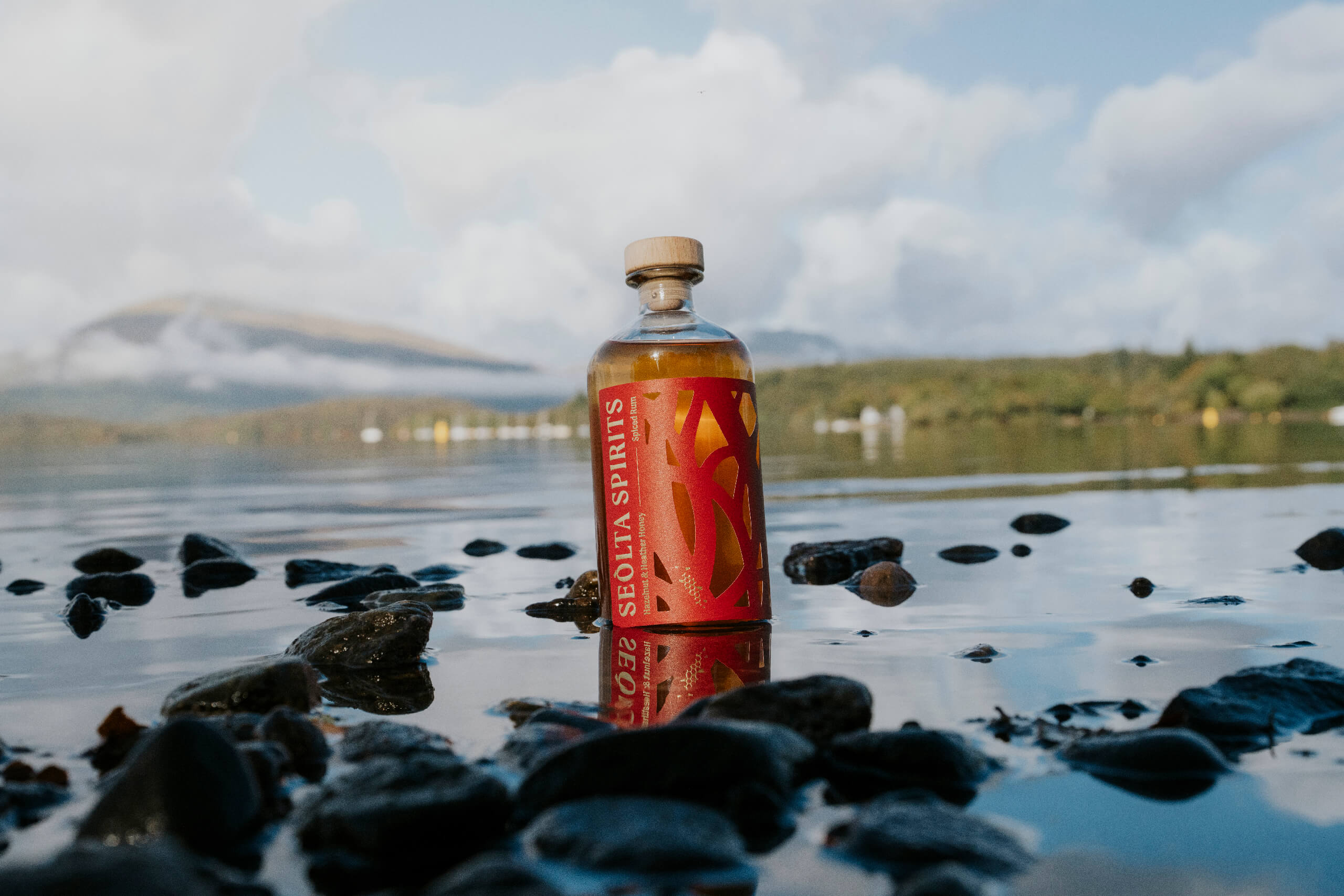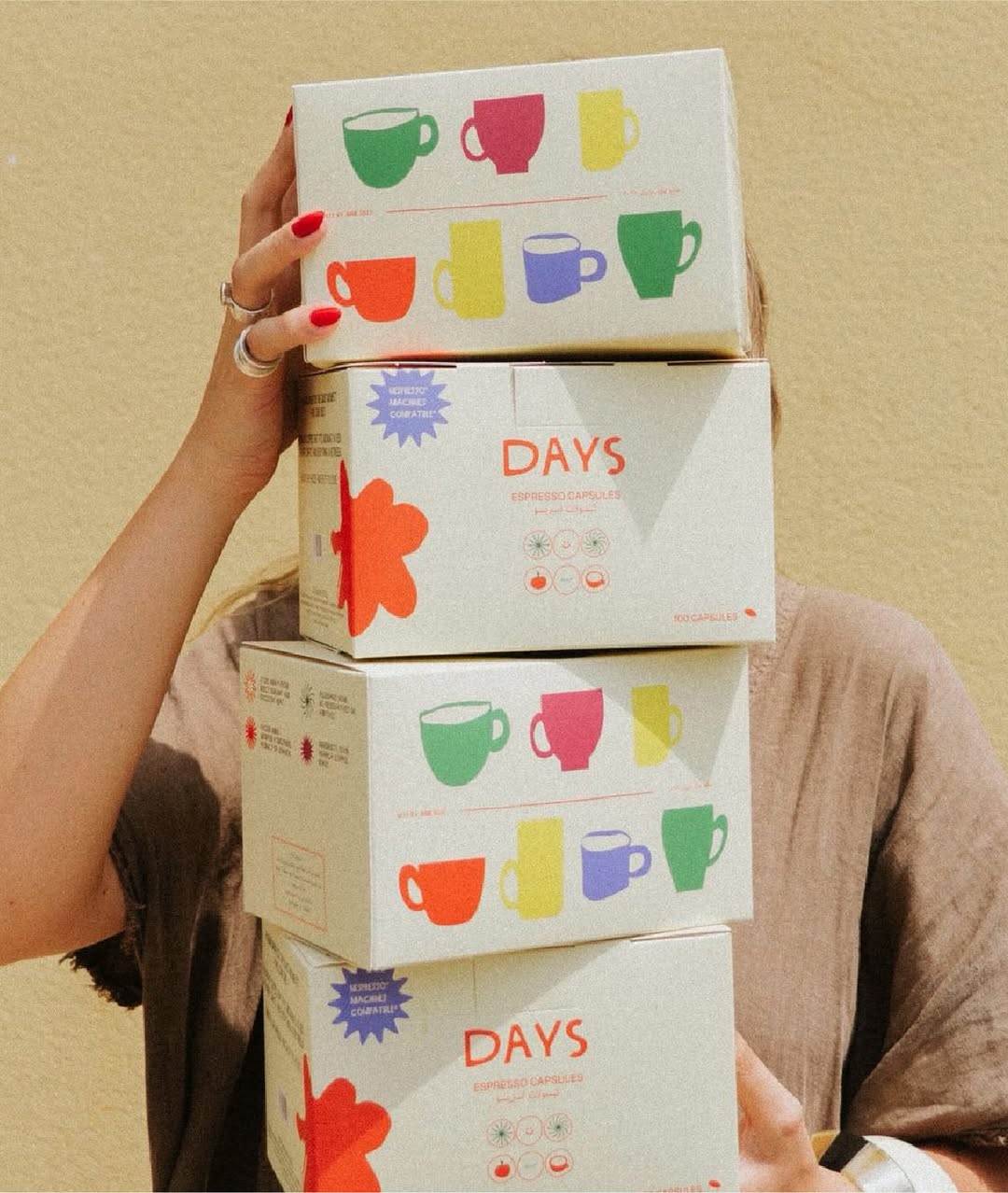Sadly—and for the most part—packaging is made to be thrown away. The sole purpose for existence is to provide and safely deliver the contents contained within. And while discovering innovative and highly creative state-of-the-art packaging is pretty much Dieline’s thing, there are some packaging designs that go against what it means to be, well, innovative, highly creative, and state-of-the-art.
Countless designs cause more irritation than convenience, resulting in frustration and turning consumers into swear jar enthusiasts, often the last straw people can bear in their busy, chaotic days. Bad design yields angry people and the world needs less bad design and angry people.
So, today, we’re sharing some designs due for a makeover. Here, you’ll find the packaging that’s so head-scratchingly insane that it needs to be called out once and for all—and, yes, we’re looking at you bacon. Once these packaging faults become a footnote in CPG history, we’ll be one step closer to world peace and meaningful progress.


